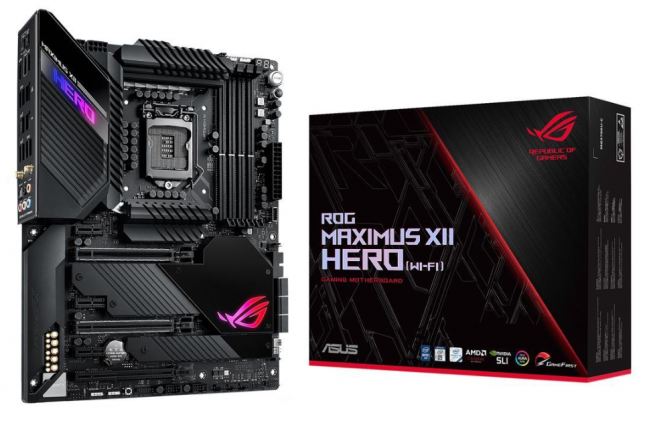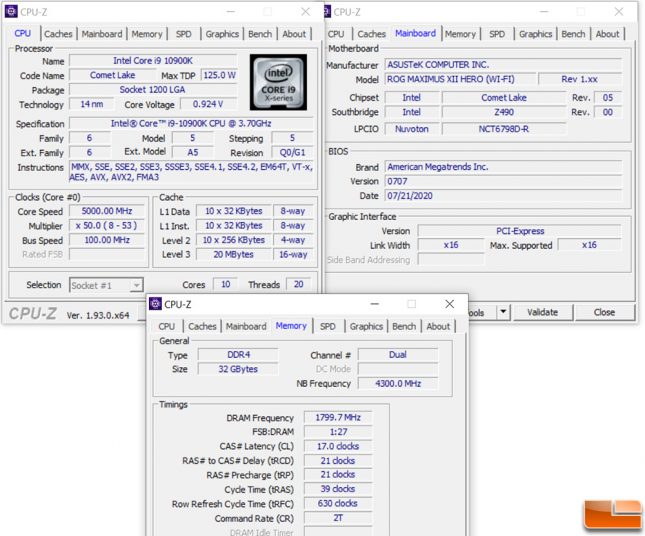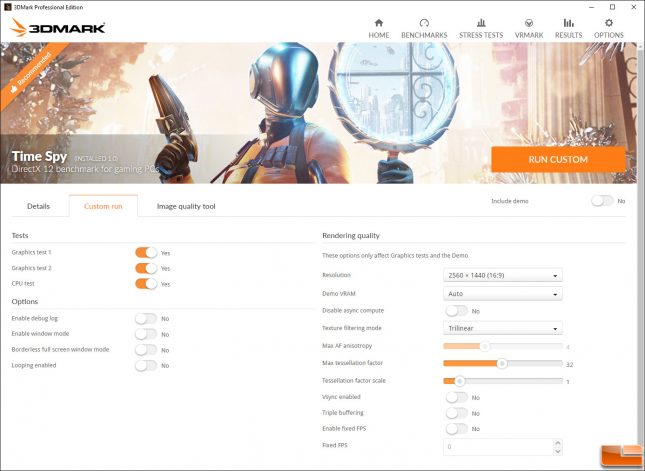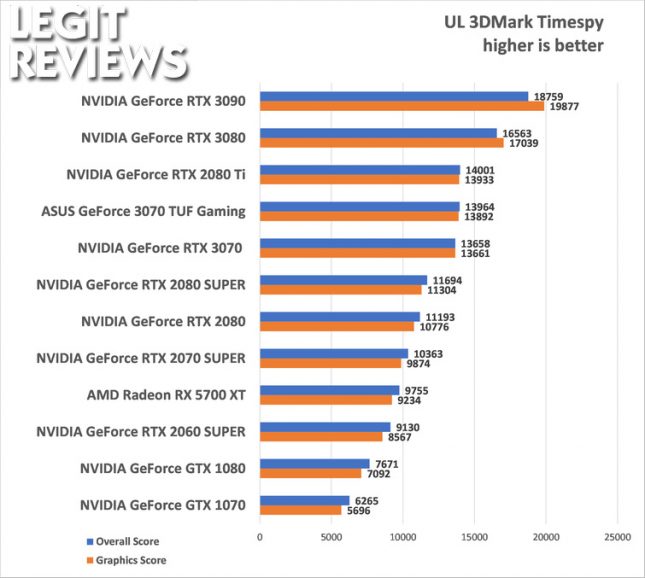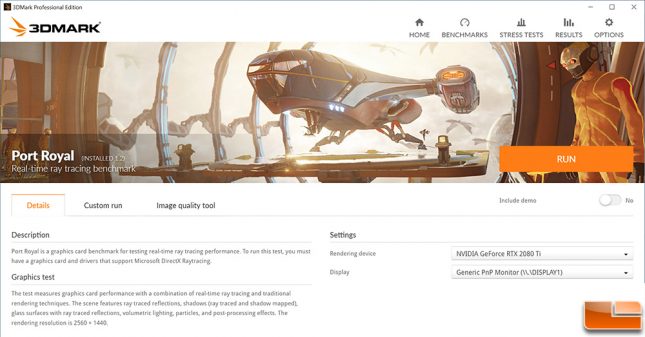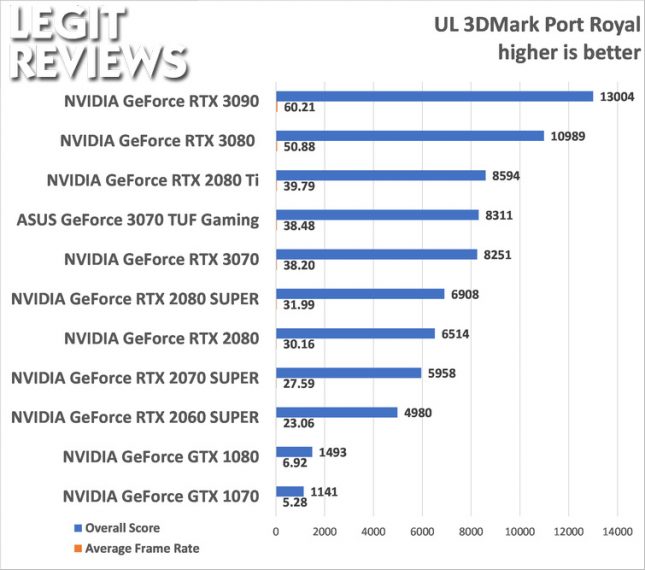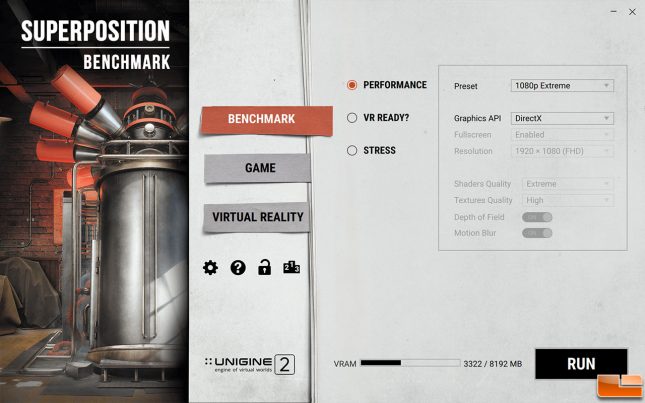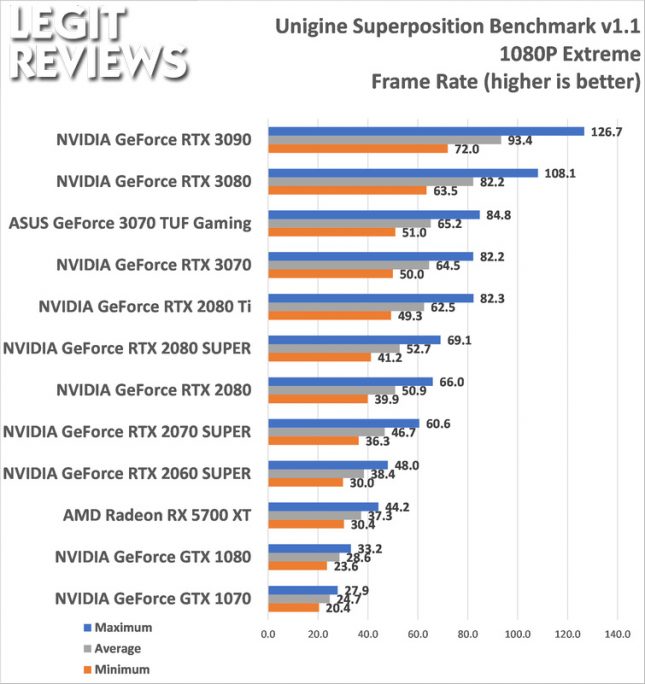ASUS TUF Gaming GeForce RTX 3070 OC Edition Review
Test System, 3DMark and Superposition Benchmarks
Before we look at the numbers, let’s take a brief look at the test system that was used as we switched over to a new system for this review. All testing was done using a fresh install of Windows 10 Pro 64-bit version 2004 and benchmarks were completed on the desktop with no other software programs running. There has been some concern of people testing a cold card versus a hot card, but we’ve always done our testing ‘hot’ since the site started back more than 16 years ago.
Drivers used for testing:
- NVIDIA GeForce GTX & RTX Cards used 456.96 Drivers
- AMD Radeon RX 5700 XT used Adrenalin 2020 Edition 20.9.1
Intel Z490 Test Platform
The Intel Z490 platform that we used to test all of the video cards was running the ASUS ROG Maximus XII Hero Z490 Gaming Motherboard with BIOS 0707 that came out in July 21st, 2020. We went with the Intel Core i9-10900K 10-core, 20-thread processor and left it at stock speeds. The HyperX DDR4 memory kit we used was a 16GB kit (2x8GB) and it is rated at 3400MHz and it was run at XMP settings. The Samsung SSD 970 EVO 1TB M.2 PCIe NVMe SSD was run with latest firmware available. A Corsair RM1000x power supply provides clean power to the system and is also silent as the fan hardly ever spins up.
Here are the exact hardware components that we are using on our test system:
| The Intel Z490 Test Platform | |||||
|---|---|---|---|---|---|
|
Component |
Brand/Model |
Live Pricing |
|||
| Processor | Intel Core i9-10900K | ||||
| Motherboard |
ASUS ROG Maximus XII Hero
|
||||
| Memory |
32GB HyperX 3600MHz DDR4
|
||||
| Video Card | Various | ||||
| Solid-State Drive | Samsung SSD 970 EVO 2TB | ||||
| Cooling | Corsair Hydro H115i | ||||
| Power Supply | Corsair RM1000x | ||||
| Case | HighSpeed PC Top Deck Tech Station | ||||
| Operating System | Windows 10 64-bit | ||||
| Monitor | Acer Predator X27 4K HDR | ||||
3DMark Tests Galore!
3DMark Time Spy has been our primary DirectX 12 benchmark test for gaming PCs running Windows 10 for years. This DirectX 12 Feature Level 11_0 benchmark utilizes a pure DirectX 12 game engine that supports features like asynchronous compute, explicit multi-adapter, and multi-threading! The developers opted to use DirectX 12 Feature Level 11_0 to ensure wide compatibility with DirectX 11 hardware through DirectX 12 drivers.
We ran 3DMark Time Spy with the standard settings and got the following results:
3DMark Time Spy shows that the ASUS GeForce RTX 3070 TUF Gaming card is about 300 points higher than the RTX 3070 Founders Edition. Anything less than a 5% performance difference isn’t really significant and we are looking at about a 2.2% difference here.
3DMark Port Royal entered the market in 2019 as the worlds first dedicated real-time ray tracing benchmark for gamers. We’ve never included this benchmark before, but now that NVIDIA has more than one generation of cards on the market that have hardware support for real-time ray tracing performance, it was time to include it in our testing. We ran the default test without the demo.
On Port Royal we found the ASUS GeForce RTX 3070 TUF Gaming 8GB card is about 1% faster than the NVIDIA GeForce RTX 3070 Founders Edition card.
Superposition Benchmark
UNIGINE introduced the Superposition Benchmark in April 2017 and it contains a benchmark based on the UNIGINE 2 Engine that is pretty tough on modern graphics cards.
We ran the Superposition Benchmark performance test with the 1080P Extreme preset.
On Superposition Benchmark the ASUS GeForce RTX 3070 TUF Gaming was once again about 1% faster than the NVIDIA GeForce RTX 3070 Founders Edition graphics card. So, for the first few benchmarks we are finding about a 1% performance uplift with this custom card.

